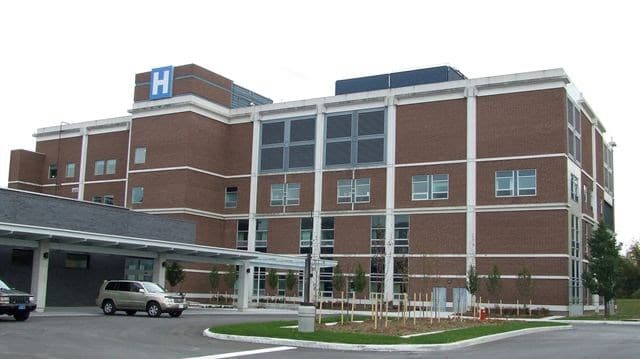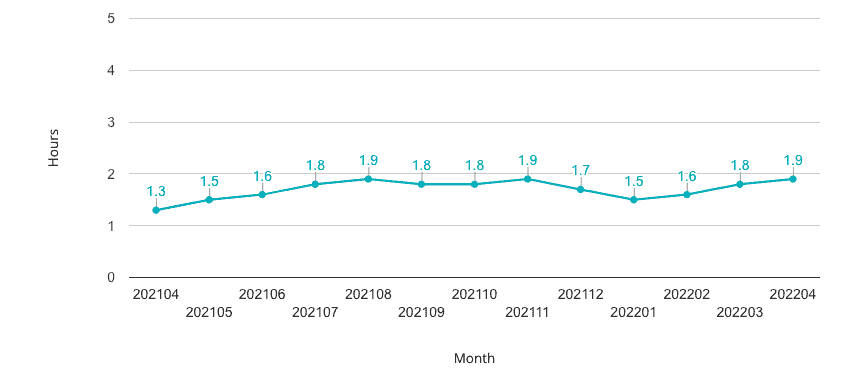Ajax sees highest hospital wait times in the Region, a half hour longer than Ontario average
Published June 16, 2022 at 3:19 pm

Patients looking for speedy health care from their emergency rooms are pretty much out of luck in Ontario as the provincial average wait time has climbed to 1.9 hours.
Some Durham residents though are waiting much longer.
Oshawa and Port Perry residents should still count themselves comparatively lucky. These two hospitals are in the lower half of the rankings with Oshawa coming in at the provincial average of 1.9 and Port Perry coming in below average at 1.7 hours before seeing a doctor.
Ajax and Bowmanville residents meanwhile are in for a longer wait. The average time in Bowmanville is just a little higher than average at 2 hours flat. The wait at Ajax-Pickering is a whopping 2.4 hours, 30 minutes longer than the Ontario average.
Despite these higher than average waits, Durham Region’s hospitals don’t come close to the the longest emergency room visits. Windsor Regional Hospital easily claims the distinction of the longest wait at five hours before seeing a doctor.
This is far beyond the runner-up for length tied between Hawkesbury Hospital and Oakville-Trafalgar Memorial Hospital at 3.5 hours.
While far from the longest wait times, Durham’s hospitals are also far from the shortest. Southlake Regional in Newmarket and Brampton’s Peel Memorial Centre are tied for the shortest waits at 0.6 hours.

The provincial average of 1.9 hours is a reaches the record high seen the COVID-19 pandemic peaks in 2021. The Health Quality Ontario data goes back to April 2021, the same month Ontario strengthened the COVID-19 stay-at-home order. This month saw some of the highest COVID-19 cases rates at over 4,000 daily cases.

Hospital wait times peaked almost simultaneously with COVID-19 case spikes as Ontario reduced health restrictions. – via Public Health Ontario
At that time patients had to wait a whole half hour less, 1.4 hours, for their first assessment than they do now. The 1.9 hour peak was first reached in August 2021, about a two weeks after Ontario moved to Step Three in it’s roadmap to reopen.
After a dip in the summer waits peaked again in November, once again weeks after the Ford Government announced plans to end mandatory masking and social distancing. The government cited “improvements to key indicators, including ongoing stability in the province’s hospitals,” the month before as cause to reduce restrictions.
However, the Omicron wave in February did not follow suit. While Ontario continued to reduce COVID-19 restrictions in February weekly new case rates soared to over 14,000. However, Omicron, while more contagious, was a weaker variant requiring fewer hospitalizations
This current wait however is more due to an overtaxed system than the pandemic, according to Hamilton based Dr. Kashif Pirzada.
“Many primary care clinics either closed or switch to telemedicine during the early phases of the pandemic,” he said, “Many of these patients come to the ER for care instead, for acute and chronic problems. Our emergency care system was never designed for (this kind) of demand and is buckling.”
“At the moment in Ontario, ER wait times and crowding is at crisis levels. Many of us have never seen it this bad in our entire careers,” Pirzada continued.
“So what’s going to happen? Some predictions; many senior MDs will take early retirement rather than be forced to work in unsafe environments, many clinics will stay virtual, more staff/patients will get sick, more staff will quit, your local ER will stay a warzone.”
With files from Anthony Urciuoli.
INdurham's Editorial Standards and Policies




